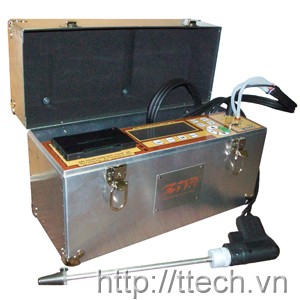Technical Details Sensor:
Material: PEEK (polyetheretherketone), PVDF (polyvinylidenefl uoride)
Pressure: max. 10 bar
Medium temperature: -10…+120 °C (briefl y +140 °C)
A/D-Converter:
Resolution: 15 Bit
Sampling time: 500 ms = 2 measurements/s
Power supply: 19…31 VDC (nominal 24 VDC), protection
Ripple: <5%
Power drawn with display: ≤3 W
Breaking capacity of the semiconductor relay: U < 50 VAC/DC, I ≤200 mA
Electrical connection: threaded plug terminals 2,5 mm2 or M12-plug/sockets
Display: graphic-LCD with background lighting; contrast adjustable
Dimensions: 62 x 23 mm
Permissible ambient temp. (transmitter): +5 … +50 °C, max. 93% rel.
atmospheric humidity, without thawing
Permissible storage temp. (transmitter): -10 … +75 °C
max. 93% rel. atmospheric humidity, without thawing
System protection (transmitter): IP 67
Housing: stainless steel 1.4305
Weight: approx. 0.3 ... 2.4 kg
Description
The device LCI is used for the measurement and control of the conductivity and respectively for concentrations of liquid media. The integrated temperature measurement makes exact and fast temperature compensation (linear and non-linear) possible, which is particularly important for the meassurement of the conductivity. Additional functions such as the combined switching of the measurement range and temperature coeffi cient make possible the optimum use in case of
CIP-processes.
Two integrated switching outputs can be freely programmed for limit value monitoring or conductivity/concentration and/ or temperature. In addition, alarm and control tasks (desalina-tion) can be assigned.
Operation is either via a membrane keyboard and a plain text graphical display (user language can be changed) or via a comfortable PC-setup programme. By simply turning the
housing cover, reading the display is possible both in case of installation in vertical or horizontal pipes. By means of the set- up program, the device confi guration data can also be saved and printed for plant documentation purposes.
The housing is specially produced out of stainless steel for use in the foodstuffs industry. The LCI can be supplied as a compact device (transmitter and measuring cell in one device)
or as a remote version (transmitter and measuring cell con-nected by cables). The remote version is particularly suitable for plants with intense vibrations and/or intense temperature
radiation at the measurement location or for installation in in-accessible places.
Applications
It is particularly recommended for use in media where severe deposits of dirt, oil, grease or gypsum/lime precipitates are to be expected.
· Food, beverage and pharmaceutical industries
· Product separation in the beverage industry, breweries and dairies
· Bottle cleaning plants
· Concentration control in electroplating and chemical
processing plants
· CIP-systems
· Water and wastewater engineering
· Dosing of chemicals
· Leakage indication in heating and cooling plant and so on
Functional Description
The inductive measurement method permits largely mainte-nance-free acquisition of the specifi c conductivity, even in the toughest media conditions. As opposed to the conductive
measurement method, problems such as electrode decom-position and polarization do not occur.
Conductivity is measured by using an inductive probe. A sinusoidal a.c. voltage feeds the transmitting coil. Depending on the conductivity of the liquid to be measured, a current is
induced in the receiver coil. This current is proportional to the conductivity of the medium.







.jpg)

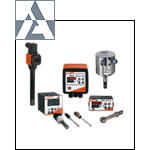
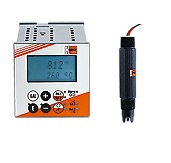
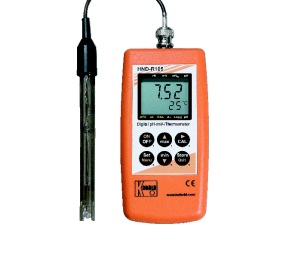
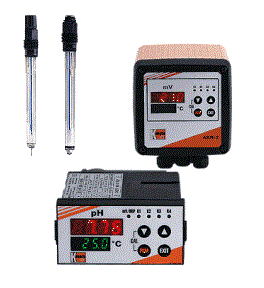
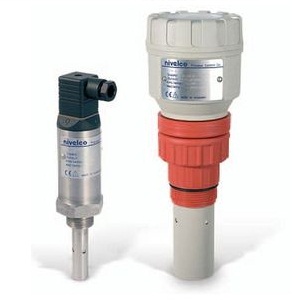
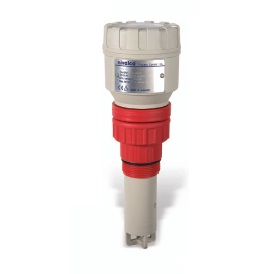
.jpg)
